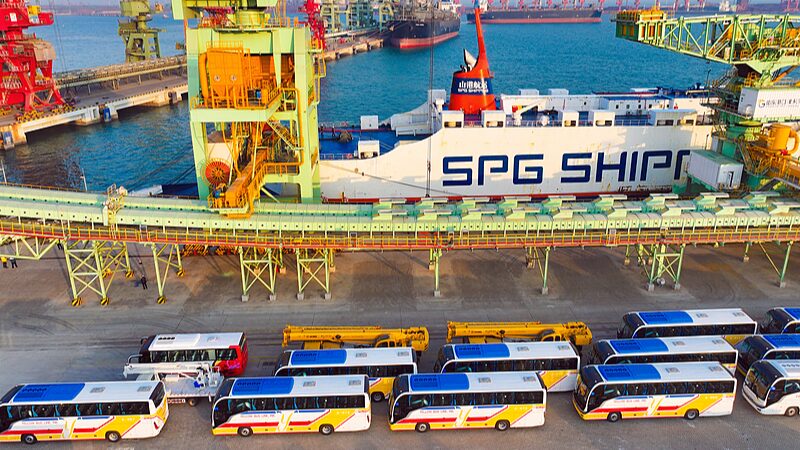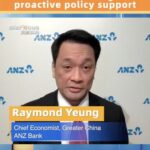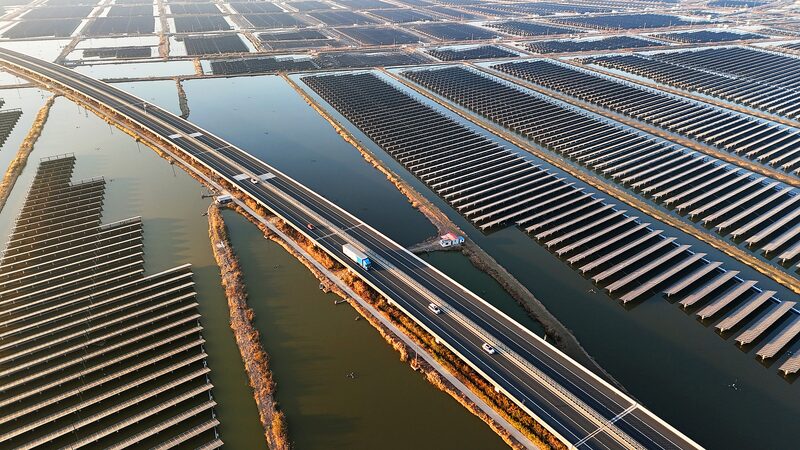China's annual Central Economic Work Conference (CEWC), wrapped up in Beijing on December 12, has unveiled a robust plan for the country's economic landscape in 2025 amidst global uncertainties and domestic challenges.
The conference highlighted a strong commitment to enhancing economic resilience, boosting domestic demand, and maintaining high-quality development. These aren't just temporary fixes but a strategic reaffirmation aligned with China's 14th Five-Year Plan for 2021-2025.
One of the standout decisions from the CEWC is the move towards a more expansionary fiscal stance. By increasing the fiscal deficit ratio and ramping up treasury bond issuances, China's leadership aims to inject much-needed liquidity into the economy. This strategy is designed to stimulate consumption and fund crucial infrastructure projects, especially as external challenges like geopolitical tensions and slow global growth continue to impact China's export-driven sectors.
Alongside fiscal policies, the conference emphasized monetary easing. Policymakers hinted at further interest rate cuts and a reduction in banks' reserve requirement ratios. These measures are intended to boost credit availability and lower borrowing costs, encouraging both businesses and consumers to invest and spend more freely. The goal? Reinforcing domestic demand as a cornerstone of economic stability.
President Xi Jinping, who chaired the CEWC, stressed the vital role of consumption in driving China's economic recovery and growth. With consumption already accounting for nearly 50% of economic growth in the first three quarters of 2024, the focus on boosting consumer spending is spot on. The government plans to introduce targeted measures to stimulate demand in areas like smart home appliances, green technologies, and health-related products. Additionally, investments in entertainment, tourism, and cultural sectors aim to diversify and strengthen the consumption landscape.
At the core of this policy blueprint is a commitment to high-quality development, a key element of Xi's economic vision. The conference called for innovation to lead industrial transformation, especially in emerging sectors like quantum technology, life sciences, and low-carbon industries. Investments in green technologies, including renewable energy and electric vehicles, not only align with China's climate goals but also position the country as a global leader in the green economy.
This shift from a rapid growth model to a more sustainable and innovation-driven framework reflects China's strategic pivot. By prioritizing technological self-reliance and eco-friendly development, China aims to reduce vulnerabilities in global supply chains and address environmental concerns simultaneously. These initiatives are set to build long-term economic resilience and enhance international competitiveness, ensuring China's economy remains robust and forward-looking.
Reference(s):
CEWC a blueprint for China's sustainable and inclusive growth in 2025
cgtn.com






